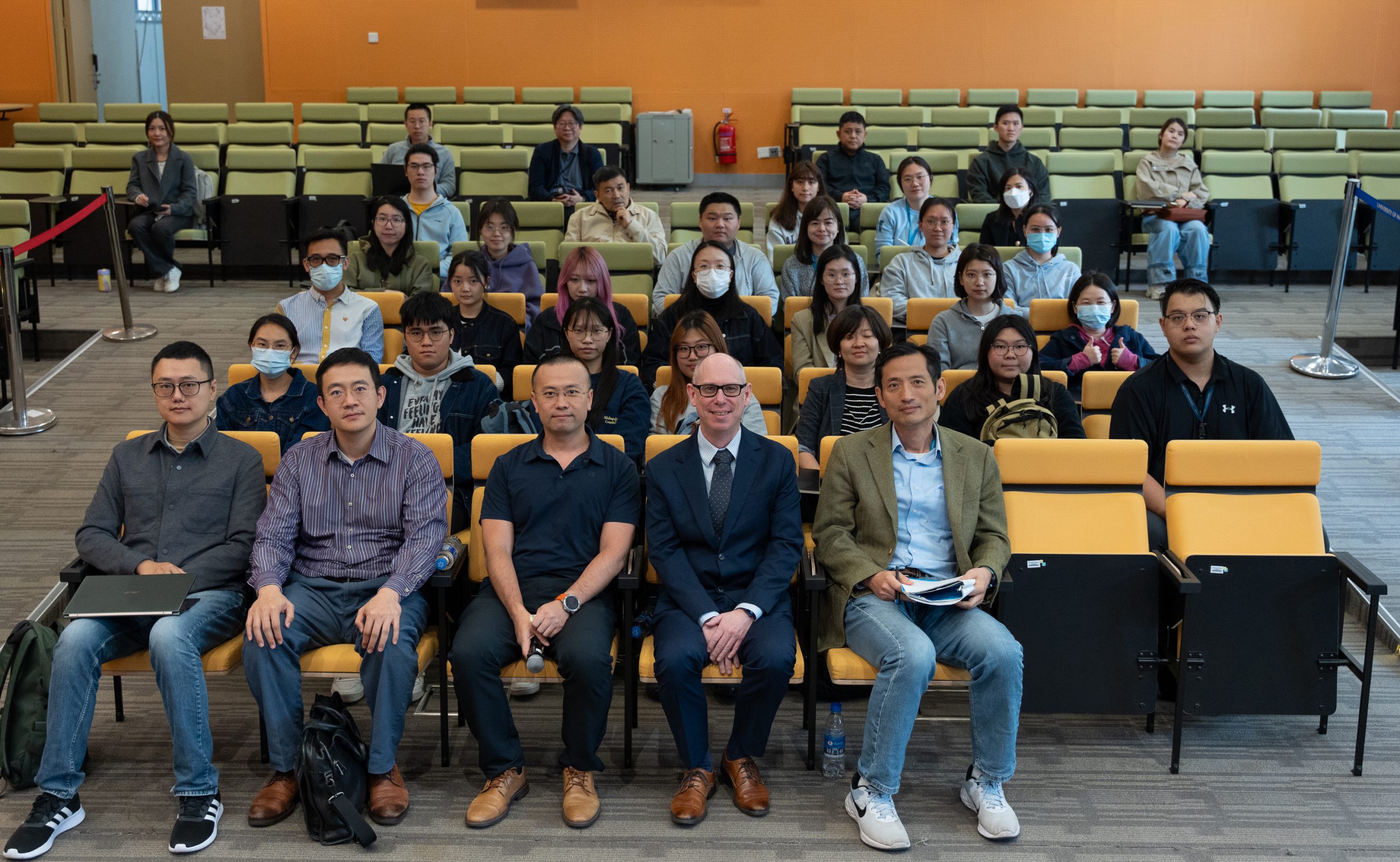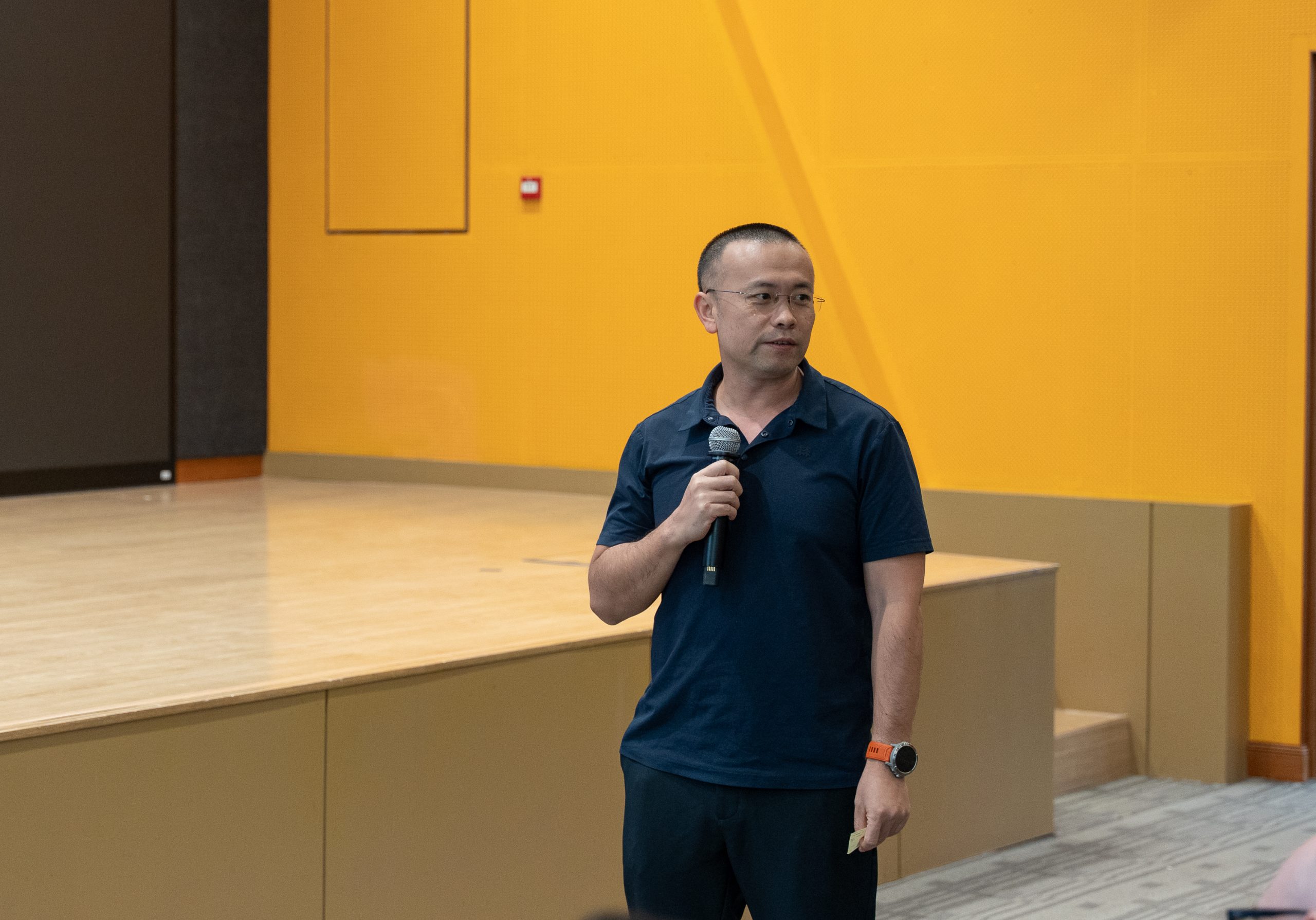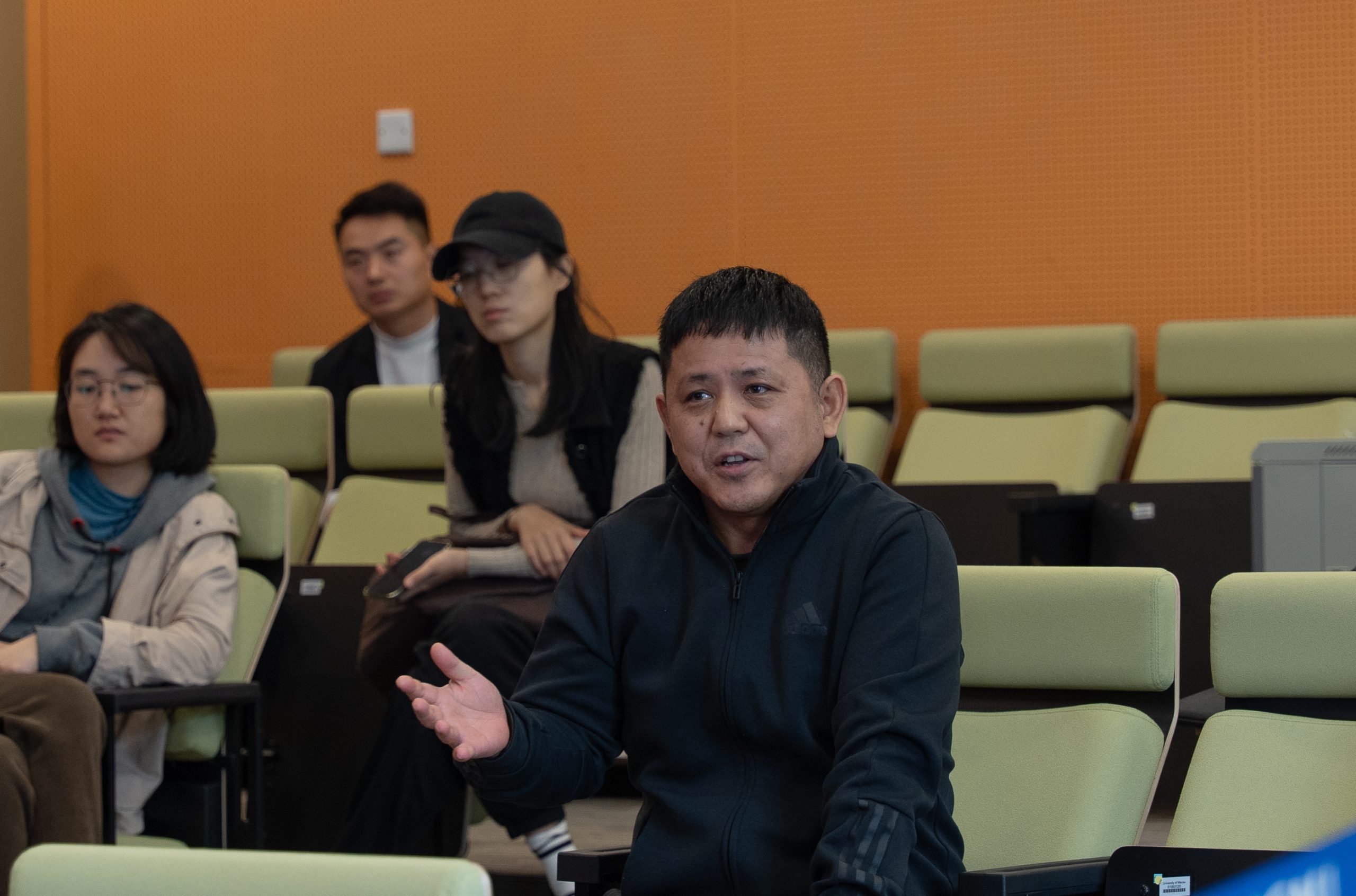To promote the development and application of computational social science research, the Faculty of Social Sciences at the University of Macau regularly organizes workshops, inviting scholars from related fields to share their findings.
Prof. Shawn Bauldry from the Department of Sociology at Purdue University, USA, delivered an insightful lecture on the comparative study of classical and counterfactual approaches to mediation analysis, guiding us through a comprehensive exploration.
The lecture began by introducing the two primary frameworks in mediation analysis: Classical Framework: grounded in Structural Equation Modeling (SEM) and exemplified by the Baron & Kenny method, this approach is straightforward but has notable limitations. For instance, it struggles with non-continuous variables, often overlooks confounding variables and the structural relationships among multiple mediators, leading to biased estimates. Counterfactual Framework: based on Directed Acyclic Graphs (DAGs) and the Potential Outcomes (PO) framework, this approach addresses the shortcomings of the classical method. Its advantages include independence from linear assumptions, the ability to capture interaction effects, the use of DAGs to clarify causal pathways and reduce estimation errors, and the provision of more precise effect estimates.
Prof. Bauldry illustrated the limitations of the classical mediation model through four simulation studies, highlighting its performance when assumptions are violated. He then provided a detailed exposition of the core effect decomposition in counterfactual approaches: Controlled Direct Effect (CDE), Natural Direct Effect (NDE), and Natural Indirect Effect (NIE). Using a real-world scenario, he demonstrated the practical significance of these effects.
The lecture concluded with an application of sensitivity analysis in counterfactual approaches, using data from the 2023 National Survey on Drug Use and Health. This segment underscored the critical role of sensitivity analysis in assessing model robustness. Prof. Bauldry offered practical recommendations: applied research should prioritize assumption testing and the structural relationships of multiple mediators, encompassing research design, model specification, and methodological discussions; sensitivity analysis should be integrated into the analytical process and thoroughly detailed in the methods and results sections to ensure the reliability of research findings.
Prof. Bauldry’s lecture systematically addressed the challenges and advancements in mediation analysis, from theoretical frameworks to empirical applications. This presentation not only deepened our understanding of mediation analysis but also provided researchers with invaluable empirical guidance for future studies.
About Prof. Shawn Bauldry
Prof. Shawn Bauldry specializes in the development of structural equation models, widely applied in social science research. His work in medical sociology and social inequality focuses on how socioeconomic resources influence individual and intergenerational health. His research has been published in top-tier journals such as Sociological Methods & Research, Social Forces, and Journals of Gerontology: Medical Sciences.






